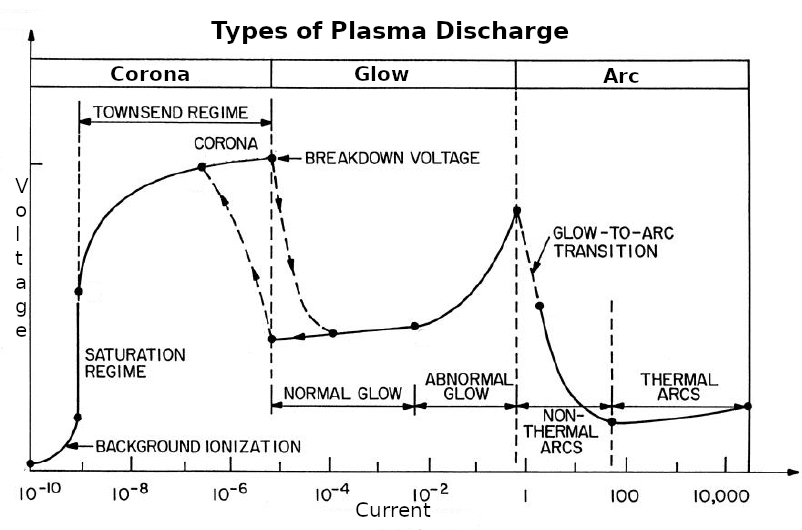plasma speaker tweeter plasma speaker corona plasma diy plasma acapella ion tweeter tweeters speaker lansche audio sound audio mart tesla coil loudspeaker plasma arc magnat plasma speaker audio speaker ionic system frequency speakers available plasma mp ion plasma electrical discharge plasma quality tweeters kits hf air pressure power mosfet pair massless air high quality corona
